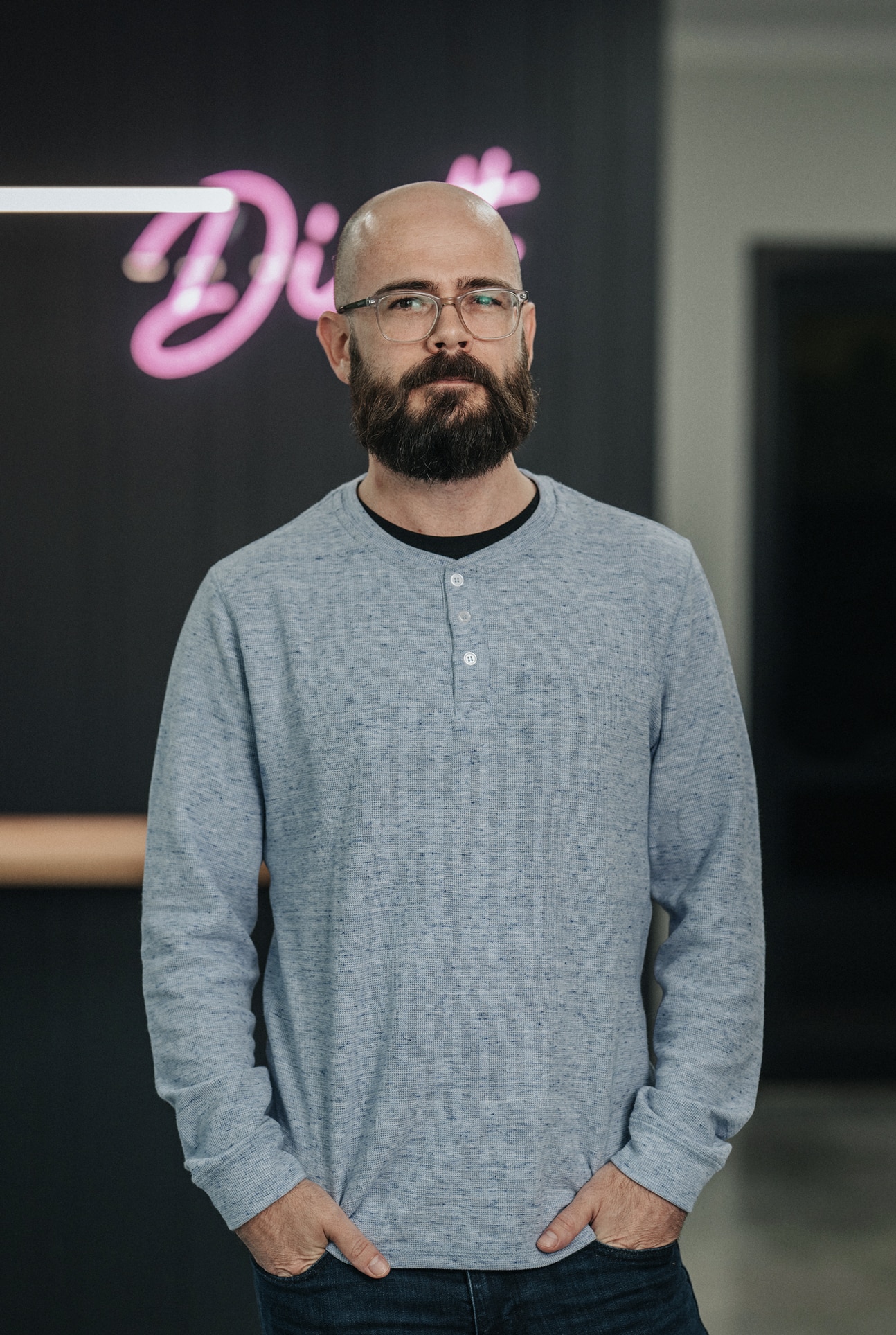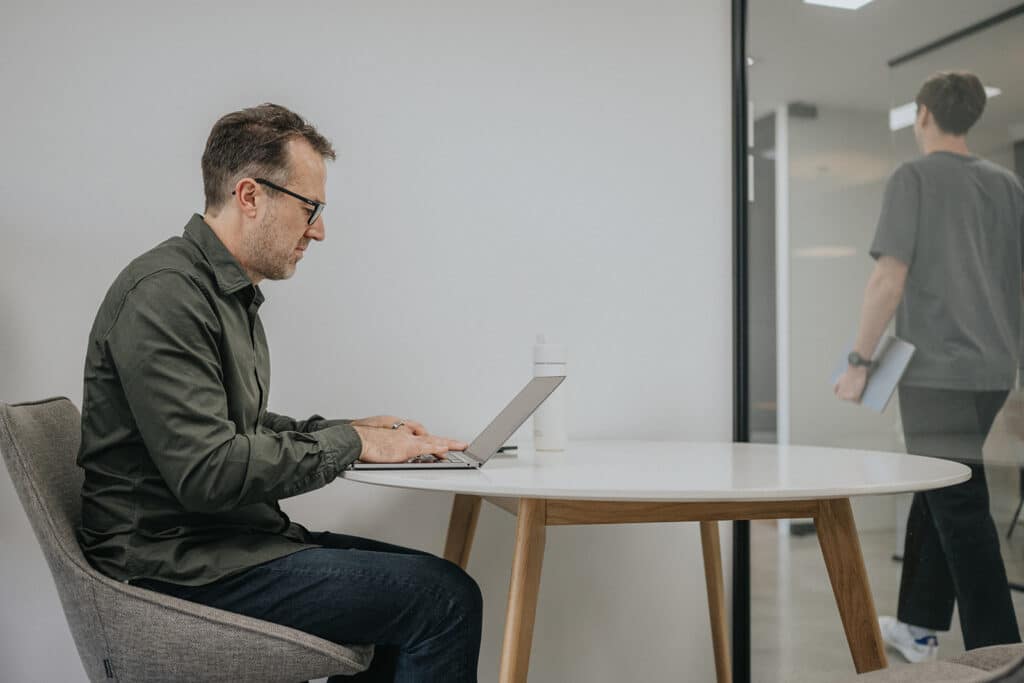Security is a top concern for any business website. If you’ve heard rumours like “WordPress isn’t secure” you might be worried about choosing WordPress. The truth is, WordPress powers such a huge portion of the web that it naturally becomes a target – but when properly managed, WordPress is incredibly secure. In this post, we address the most common security questions business owners ask about WordPress and share expert tips to keep your site safe.
How secure is WordPress for my business website?
Out of the box, WordPress core is a secure platform. It’s developed and maintained by a dedicated security team and community. In fact, WordPress has a security team of 50+ experts (including lead developers and researchers) who constantly identify and patch vulnerabilities. The platform is so widely used (43% of all websites use WordPress) that any security issues in the core are usually found and fixed quickly.
Statistically, the majority of WordPress security issues arise not from the core software itself, but from plugins, themes, or poor configuration. A 2022 security report found that 93% of WordPress vulnerabilities came from plugins, 5% from themes, and only ~1% from WordPress core. In other words, WordPress core’s security is strong – the biggest risks come from the add-ons and how a site is maintained.
That said, a WordPress site is not automatically safe without care and maintenance. Just like any software, if you never update it or use weak passwords, you increase risk. Unfortunately, many hacked WordPress sites are running old versions or insecure plugins. One survey estimated ~4.3% of all WordPress websites checked in 2021 had infections due to such weaknesses (roughly 1 in 25 sites). Those cases are avoidable with basic best practices (and remember, 24 out of 25 sites had no issues in that survey).
The key takeaway: WordPress can be as secure as any other platform, but it’s up to site owners (or their developers) to keep it that way. The open nature of WordPress means you have the power to harden your site’s security – or, if neglected, an outdated site can become vulnerable. The good news is there are well-established steps to secure a WordPress site, and countless tools to help.
What are the best practices to secure a WordPress site?
If you’re using WordPress for your business, here are 7 essential security practices you should follow:
- Keep WordPress updated: This is rule #1. Updates often include security patches. Running the latest version of WordPress core and updating your plugins and themes regularly will fix known vulnerabilities. Many attacks target sites with outdated software. “Exploits are often found in out-of-date plugins or scripts… which is why you need to keep your site and its features up-to-date,” – Georgia Treacy, Web Support. Having your IT department (or a developer) performing updates on core and plugins shuts down the most common attacks.
- Use trusted plugins and themes: Before installing a plugin/theme, check that it’s from a reputable source, kept up-to-date, and widely used. The WordPress.org repository is a good start (it shows last update date and reviews). Avoid abandoned plugins. If a plugin is no longer maintained, find an alternative – outdated plugins were responsible for the vast majority of issues in 2022.
- Strong passwords and user access control: Ensure all user accounts (especially admin) use strong, unique passwords. Weak passwords are a common attack vector (e.g. brute force attacks). It’s also wise to implement two-factor authentication for admin logins. Limit the number of admin-level users to only those who need it.
- Install a security plugin or firewall: Plugins like Wordfence, Sucuri Security, or iThemes Security can add an extra layer of protection – including firewalls to block malicious traffic, malware scanning, and login attempt limits. Many have free versions that are quite effective.
- Use secure hosting: A good host will provide security measures like up-to-date server software, firewalls, malware scanning, and daily backups. Some even do automatic WordPress updates. Consider managed WordPress hosting if you prefer the host to handle technical upkeep. Distl offers managed hosting and support for our clients – where we keep the site updated and monitor security – which offloads that worry from you.
- Enable SSL (HTTPS): This is non-negotiable for any business site today. SSL encrypts data between your site and visitors (protecting passwords, customer info, etc.) and is a trust signal (browsers mark non-HTTPS sites as “not secure”). Most hosts provide free SSL certificates (via Let’s Encrypt). Make sure your WordPress site URL is using
https://and redirectinghttptohttps. - Regular backups: Security isn’t just prevention – it’s also preparation. Set up daily or weekly backups of your site files and database. In case the worst happens, you can restore your site quickly. Many plugins and hosts offer one-click backups.
By following these practices, you greatly reduce the risk of a security breach on your WordPress site. As WordPress.org’s own security white paper notes, the WordPress core development process is rigorously focused on security (wordpress.org), but it also “provides guidance across the ecosystem” encouraging site owners and plugin developers to uphold security standards.
In short, the tools for a secure site are all there – it’s up to us to use them.
Distl Pro Tip: “As with most security threats, the best thing you can do to prevent an attack is keep your site up-to-date, minimising the risk of an exploit”, says our senior developer, Mark Mollart. “We build security into every WordPress site from day one with secure login systems and data encryption, we also advise clients on ongoing maintenance. A securely built and maintained WordPress site can confidently serve a business for years without incident.”
What about WordPress being a popular target for hackers?
It’s true that, because WordPress is so popular, hackers do target it often – but remember, popular goes both ways. It means more bad actors try, but it also means a huge community is constantly working to strengthen WordPress. New vulnerabilities (in core or major plugins) are usually patched very quickly, and responsible disclosure practices are in place (wordpress.org).
Many attacks on WordPress sites are automated bots scanning for known weaknesses (like an unpatched plugin or a default password). If your site is following the best practices above, these bots will move on because they won’t find an easy way in. It’s analogous to home security – if you lock your doors and install an alarm, burglars are likely to skip your house for an easier target.
To put things in perspective, WordPress’s market share means that some percentage of all sites will experience issues. But millions of WordPress sites (including high-profile company websites) run securely. By taking security seriously, you can absolutely run WordPress in a business environment. For instance, WordPress with WooCommerce is used for e-commerce by banks and large retailers that demand high security – they pair WordPress with enterprise-grade hosting and security monitoring, and it works.
If you’re particularly concerned, consider hiring a professional to do a security hardening on your site. This can include advanced steps like changing default WP settings, implementing a Web Application Firewall, scanning for malware, and removing any unused plugins/themes (reducing attack surface). At Distl, we often take over poorly managed WordPress sites and immediately address security: updating everything, tightening user access, and adding protection. It’s rewarding to turn an “at risk” site into a rock-solid, secure business asset.
In summary: WordPress security is manageable. The platform itself is trusted by millions, including big enterprises – but you must treat your WordPress site like the serious business tool it is by keeping it updated and following best practices. If you do, you can enjoy the benefits of WordPress (flexibility, features, ownership of your content) without losing sleep over security.








